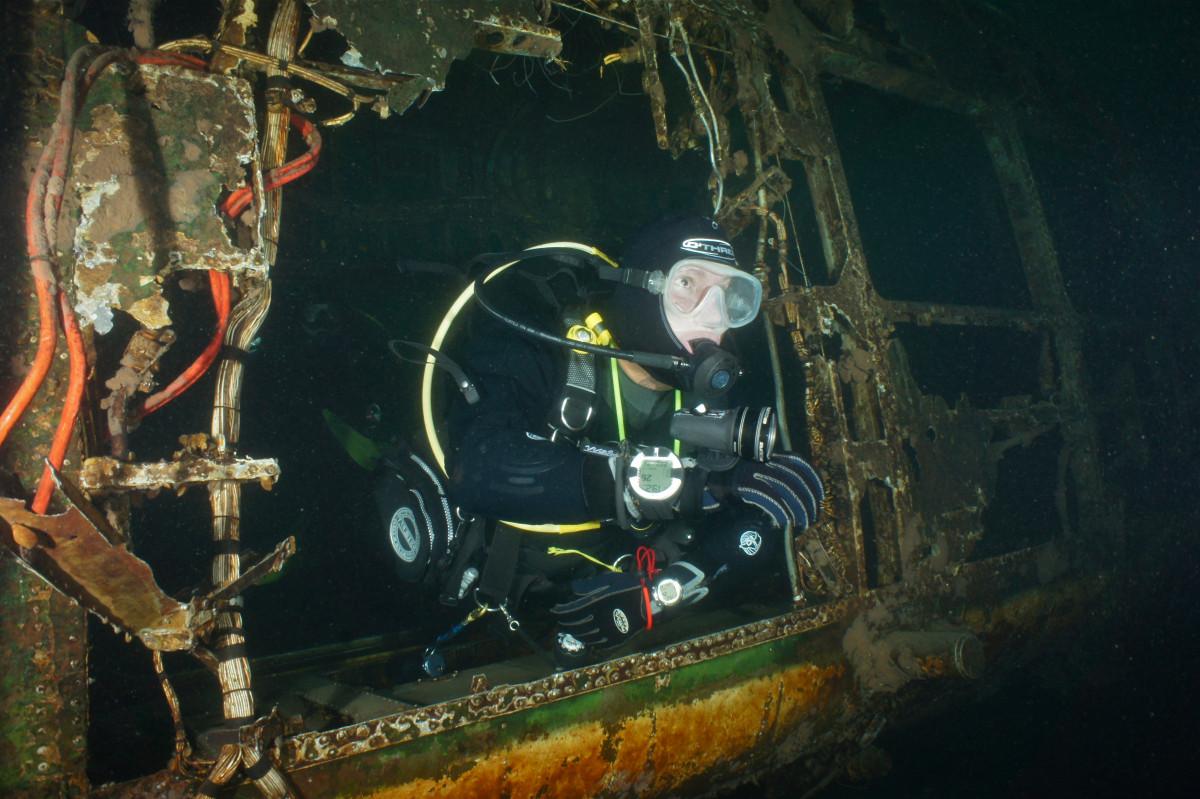Our panel of experts offer some useful hints and advice on Scuba Gear Maintenance

Whether you are cleaning, drying and storing your kit till spring, or just aiming to keep it in tip-top condition after each and every dive, our expert team has some pointers on what you should do to prolong the life of your gear:
Phil Alberts, BSAC HQ Team, said: “Your diving equipment is your life support system, so it goes without saying that if you look after your dive kit, your dive kit will look after you. A good kit maintenance routine not only enables you to dive safely and enjoyably, but it also ensures you can get the most out of your investment.
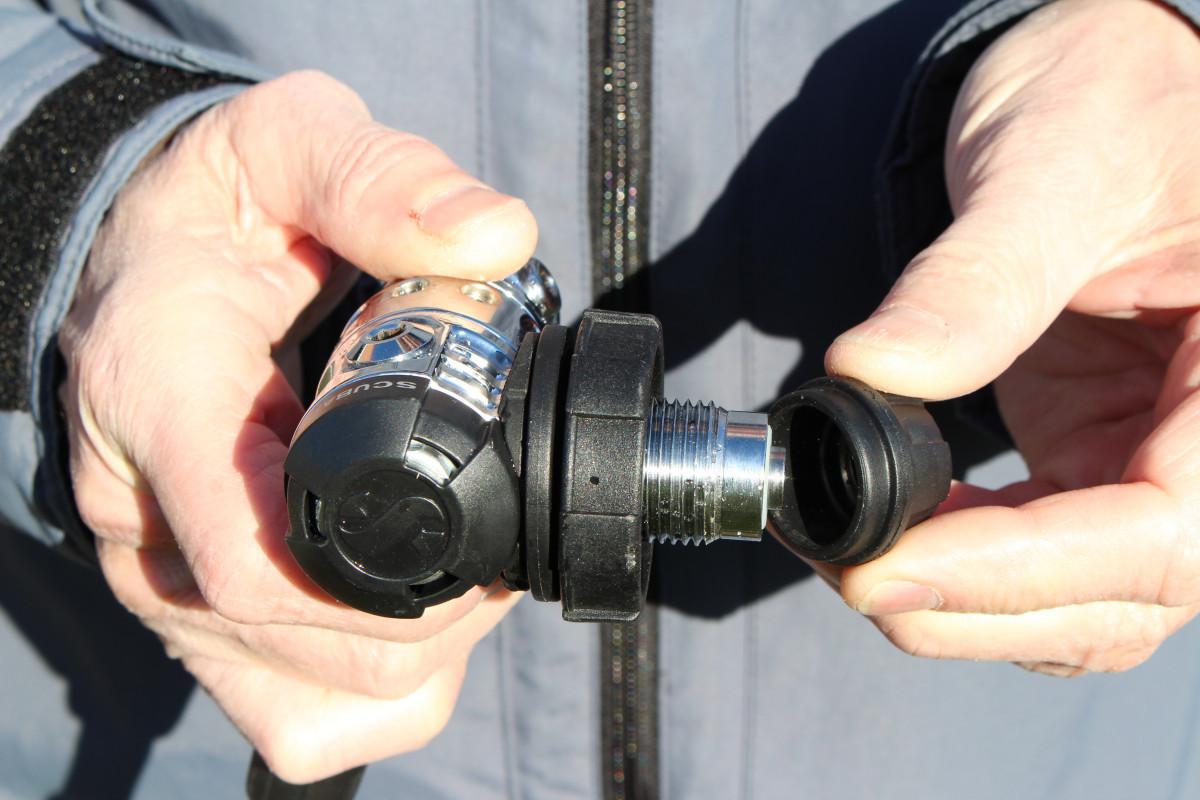
“Good dive equipment is not cheap… and we all know that the spending continues as you progress with your diving. So maintaining your kit is essential if you want to keep getting the best out of your equipment – and your investment – for many years to come.
“The key to a good kit care routine is to know what you can do yourself and when to call on the professionals. And prevention is undoubtedly better than cure when it comes to potential kit problems.
“Start with the calendar on your mobile phone and diary in the ‘non-negotiables’ – your cylinder testing due dates and annual reg servicing, etc. Then step back and look at your typical and future diving plans so you can start your dive year with a clean bill of health for your kit. At the start of the season, run through all your kit, from your fin straps to the drysuit zip, and check for signs of wear and tear. Simple fixes now can save you lost dive time, but don’t forget to try out any repaired or replaced kit in the pool or sheltered water first if you can before heading open water.
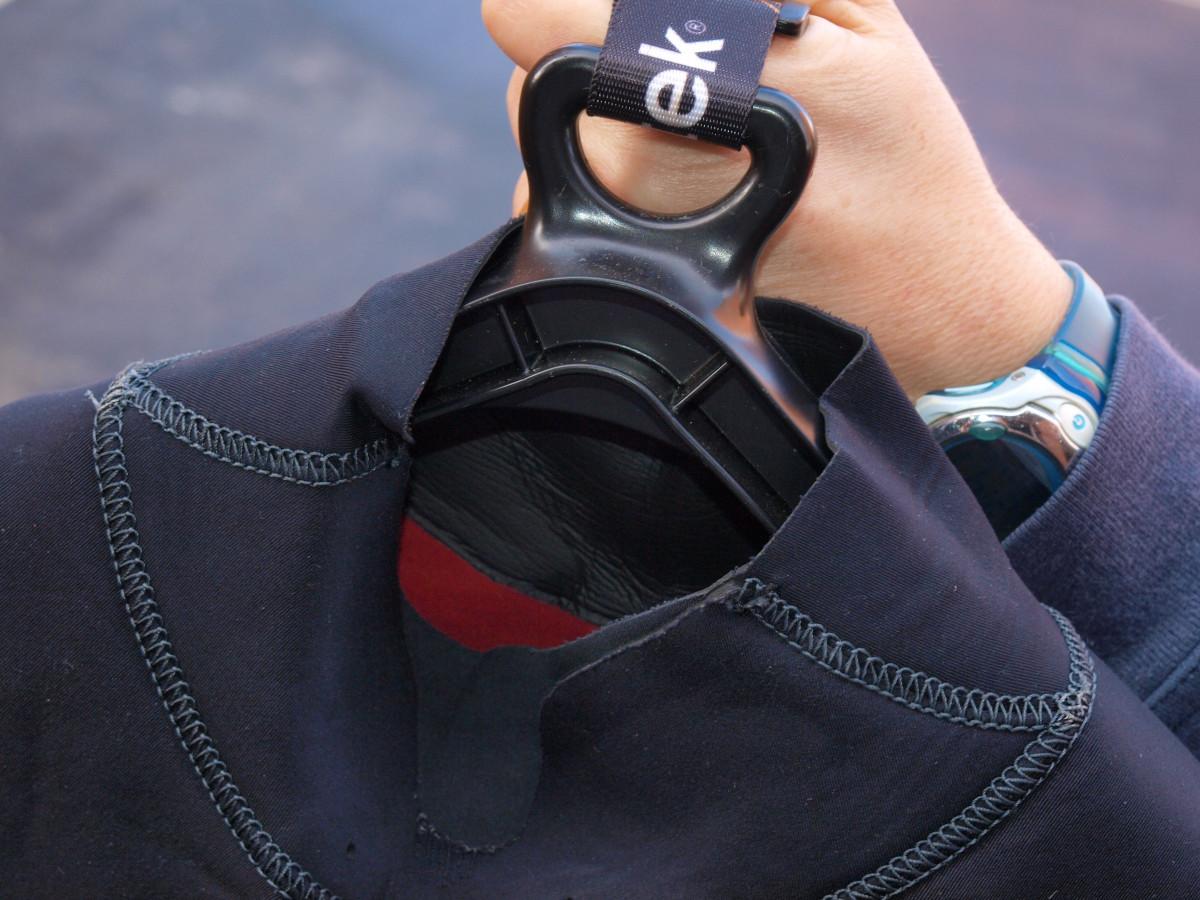
“And when your dive season is up and running, make sure you get into a good routine of checking kit before each dive or trip to ensure everything is ship-shape and dive ready. This includes the box of essential spares you have in your kit bag… spare batteries can leak, latex seals can deteriorate, lids can come off and seawater can corrode.
“However, if your kit needs repairing and you are in anyway unsure, leave it to the professionals. A few missed dives may be irritating, but a bad repair job can shorten a dive… or worse.
“And lastly, how you pack and store your kit at the end of your dive season – waxed zips, rinsed regs, cylinders and BCDs, drysuits stored in a dry area, etc – will get you off to a sprint start next year and back in the water.”

Matt Clements, PADI Regional Manager UK and Malta, said: “I still have kit from the 1990s which is still in great working order (albeit a tad faded and possibly more serviced than Trigger’s broom). I put it down to my training from centres who made sure kit is looked after. You need to properly clean and dry (possibly re-lube) everything that gets wet. After replacing vast amounts of faded gear, I would be careful of leaving things in the sun to dry. Once dry, try to hang or store the items as your centre or the manufacturer suggests, I have half my garage filled with racking and big boxes which are left open to allow air to circulate.”
Emma Hewitt, PADI Regional Manager, UK and Ireland, said: “Don’t leave your equipment to be serviced only when you need it, be sure to keep it regularly serviced to avoid unnecessary additional damage. When taking care of your equipment, remind yourself that it is a life support!”
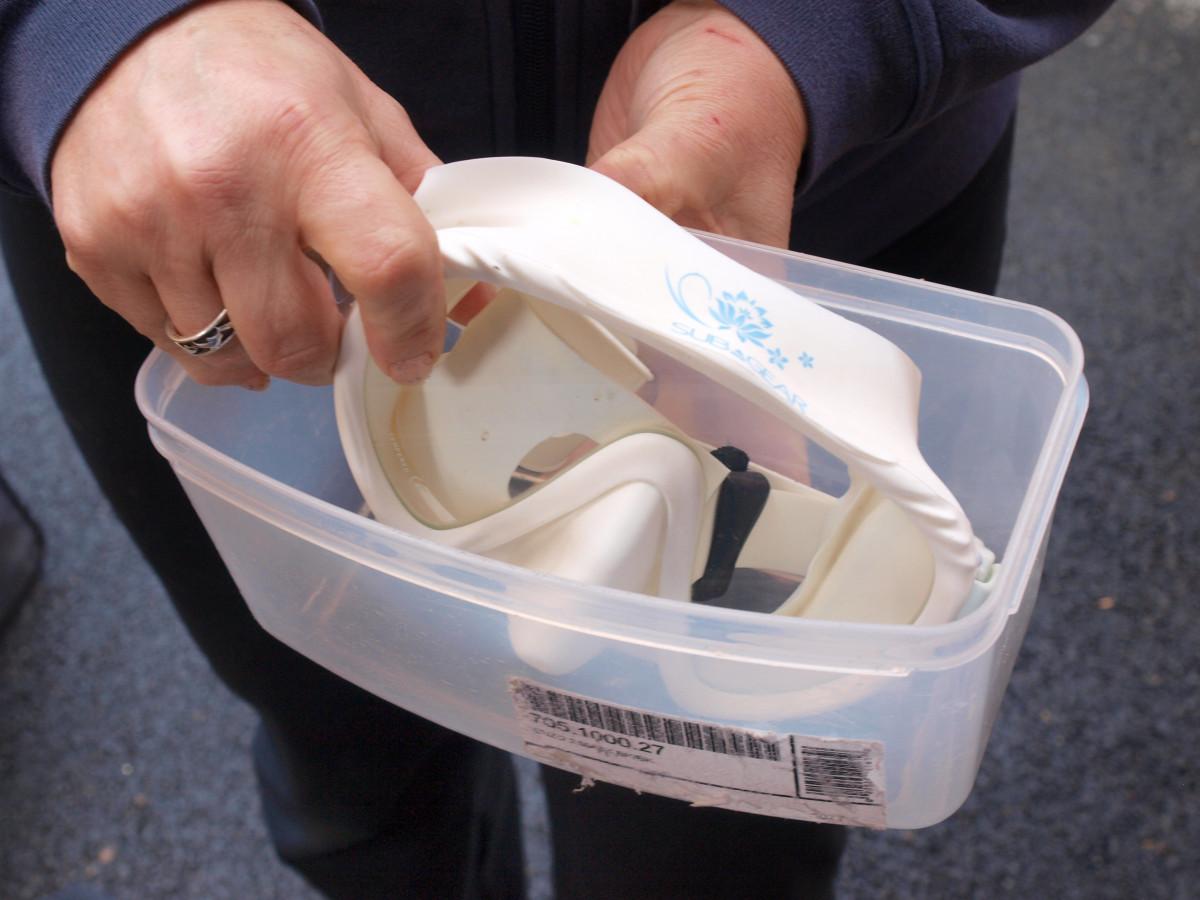
Alex Griffin, PADI Course Director and Trimix Instructor Trainer, commented: “While it’s tempting to throw all your gear into the boot of a car and hope the servicing pixies see to it overnight, it’s essential that you actually maintain your equipment. One method is to seal yourself in a darkened room until you have learned to strip and rebuild your regulator by touch alone in under ten minutes all while repeating the mantra ‘This is my regulator. There are many like it, but this one is mine’.
Alternatively, rinse everything in fresh water (discovering that your kit has grown an attractive coating of fungus over Christmas is a bad surprise), hang or roll your suits up rather than ball them into a bag and remember that as well as your regs, you’ll need to get your BCD and drysuit serviced too. Get your local dive centre to sort them out as DIY disasters aren’t great in the context of life support equipment.”
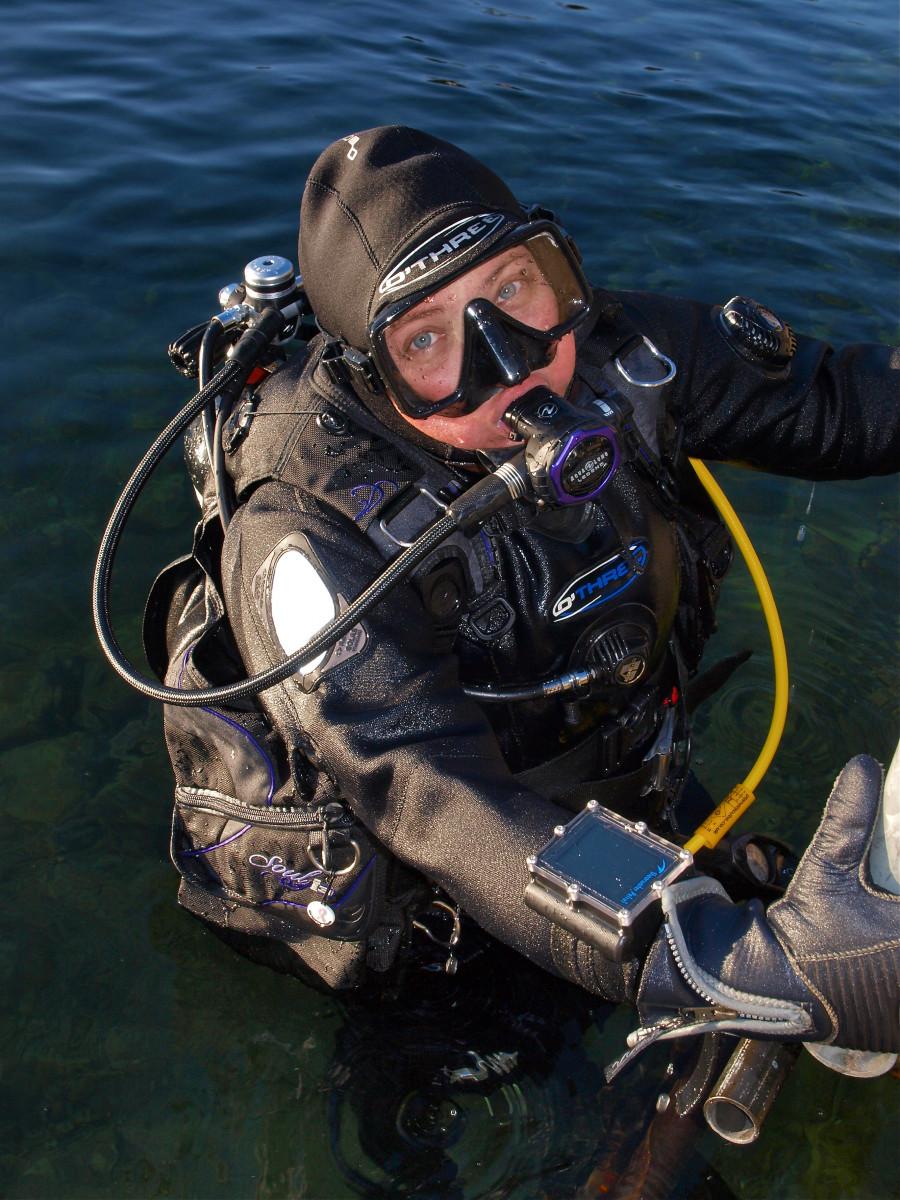
Emily Petley-Jones, PADI Regional Training Consultant and Course Director, said: “This is the time of year when many divers put their kit away to hibernate over winter. Ensuring your kit is completely dry before you store it should go without saying. When you are thinking of storing your drysuit, in particular, you should always check if there are any special recommendations from the manufacturer for this. Tips such as leaving the zip open to help prevent it from ceasing, and putting some talc on latex seals to stop them from sticking, can help to lengthen the life of your suit. Consider getting your kit serviced now so that you know it is ready to go for your next trip.”
Vikki Batten, PADI Examiner and Training Supervisor, said: “Your washing machine is a part of kit maintenance! I once had a Divemaster who turned up to help with a very stinky undersuit. I mentioned to him that he was a one-man exclusion zone and he explained that the undersuit came with instructions not to use washing powder! That may be true, but they didn’t say ‘don’t wash’, they just gave guidelines on washing the garment while maintaining wicking efficiency, so check with the manufacturer on how to wash your thermal protection.
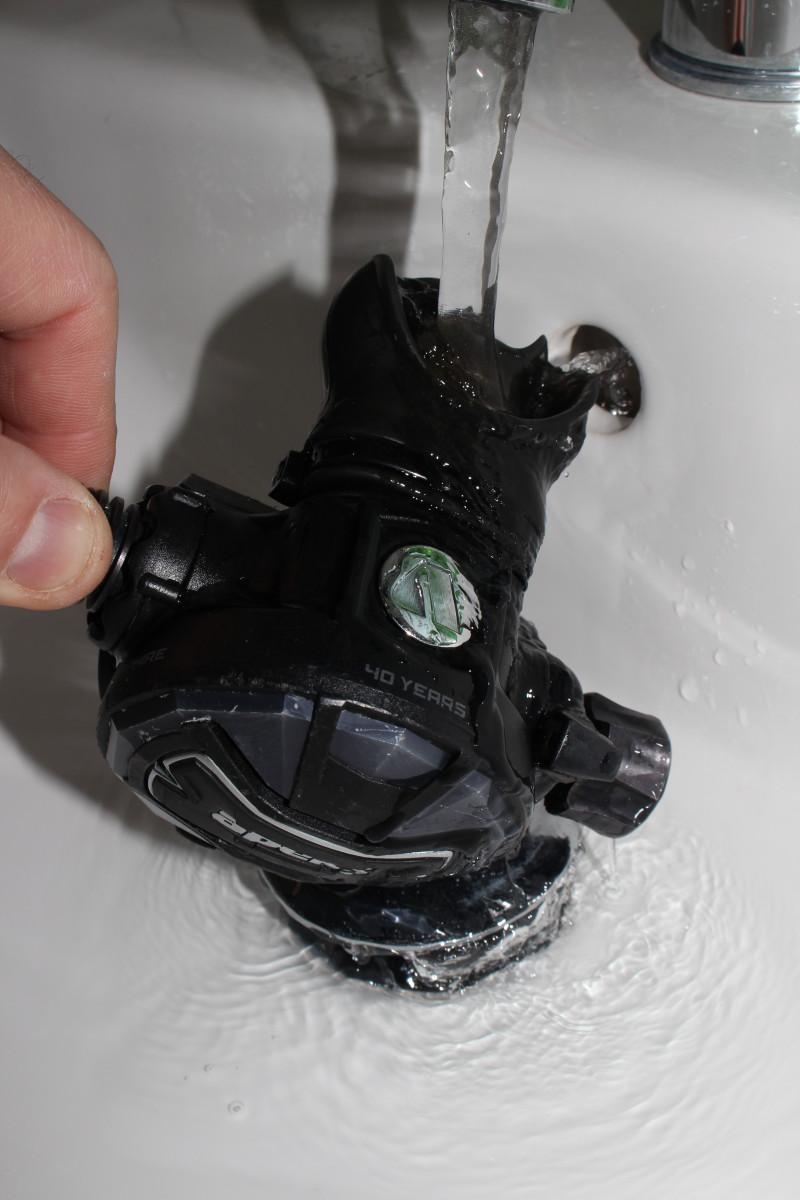
Wetsuits can be even worse if (like 99 percent of divers) bladder control escapes you the moment you put on a wetsuit. You can buy specific washing liquid to combat the issue. I just put mine in the washing machine, I know it probably reduces the lifespan of my wetsuits (and maybe also my washing machine), but they smell nice and I don’t suffer from salt or sand abrasion when I next use it.”
Garry Dallas, Director of Training RAID UK and Malta, said: “Scuba diving is quite an equipment rich ‘sport’, agreed. We almost have/should have a symbiotic relationship with our equipment, meaning that, for our kit to take care of us underwater, we need to take care of it above water.
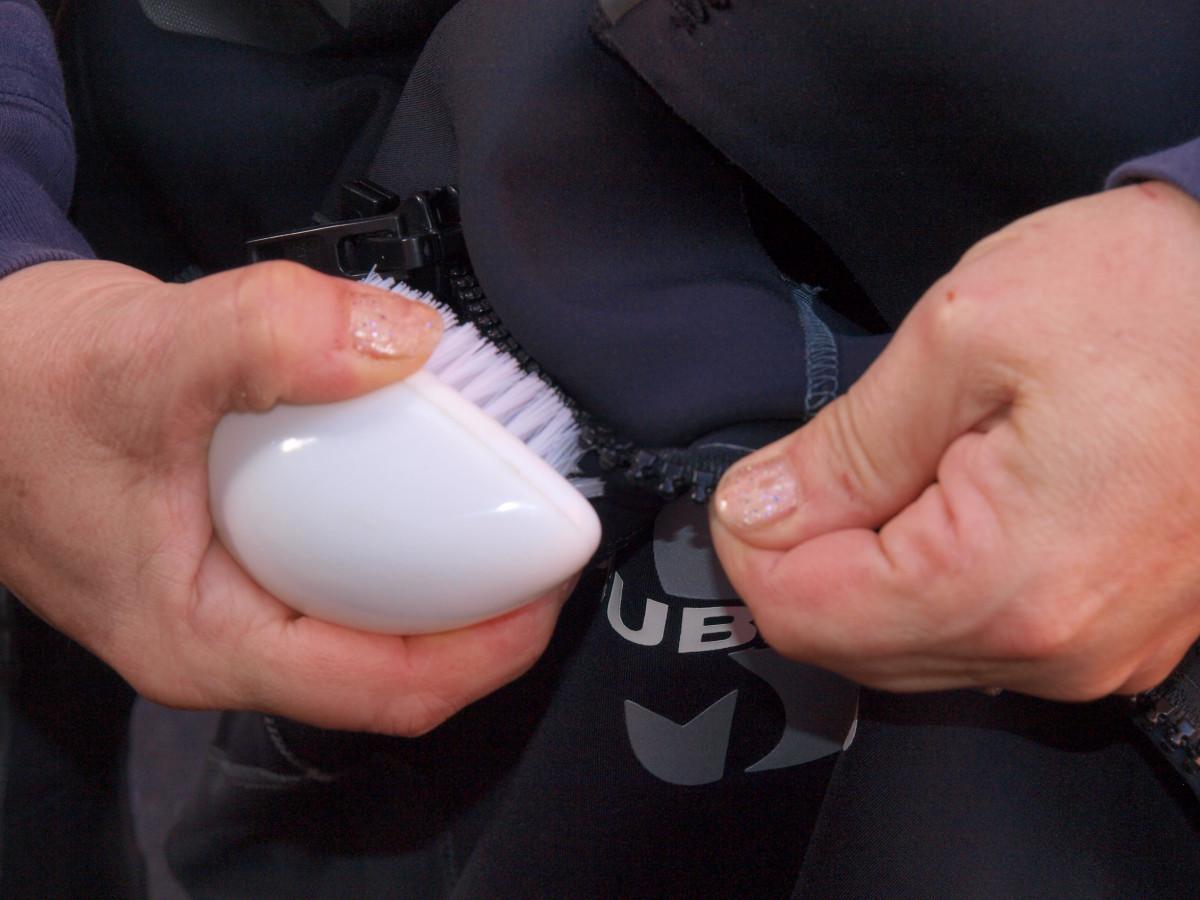
“Unfortunately, not unlike our relationship with our vehicles, when our kit loses its lustre, sometimes we lose the appeal to spend the time looking after it as much in detail. This is where things go downhill… just rinsing the salt water off your kit is not always enough care, but it will help.
“A common issue is to assume as it worked perfectly yesterday, therefore it will also today! I generally assume that equipment will at some point fail, so this gives me the mind set to want to check things very regularly.
“You don’t need to be a service technician to maintain your kit well, but some good tips to assure good working order before submerging will make your dives more pleasant.
“As with all your kit, rinse with clean fresh water and dry regardless, then check…
“Tanks/valves: for corrosion, O-ring failure, damage to valve and clean threads. Valve wheel getting stiff. Store with some pressure (50 bar).
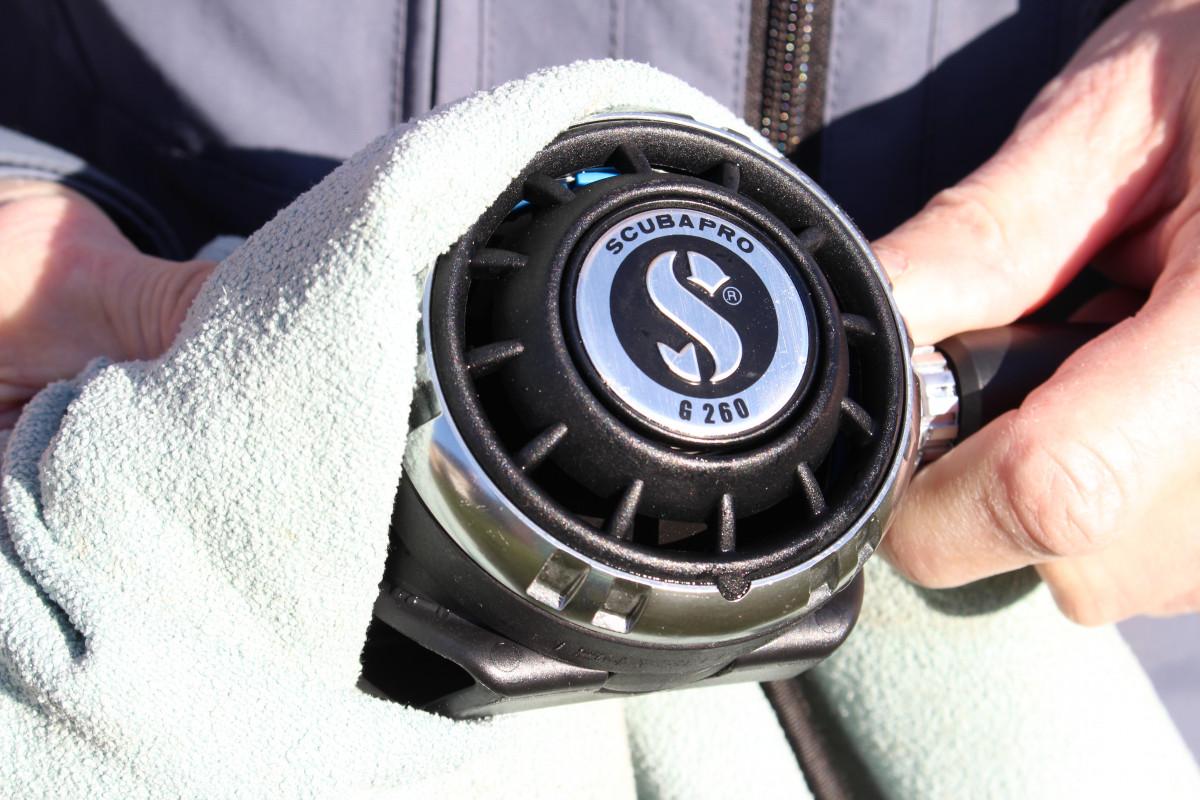
“Regulators: general wear and tear, anything that swivels must swivel freely, SPG needle present, zeroed and working, SPG free from orange/brown stains and water droplets, quick-release connectors work freely when pulled and twisted, suck on the second stage while blocking the first stage inlet to create a vacuum – there should be no air leaks, mouthpiece secure and not split. Rinse with dust cap on the first stage.
“BCD/wing: Rinse inside bladder with sterilising agent, check dump and inflator valves for correct operation, store partially inflated. Check plastic clips and adjusters for cracks (they help support your tank and weights on your back).
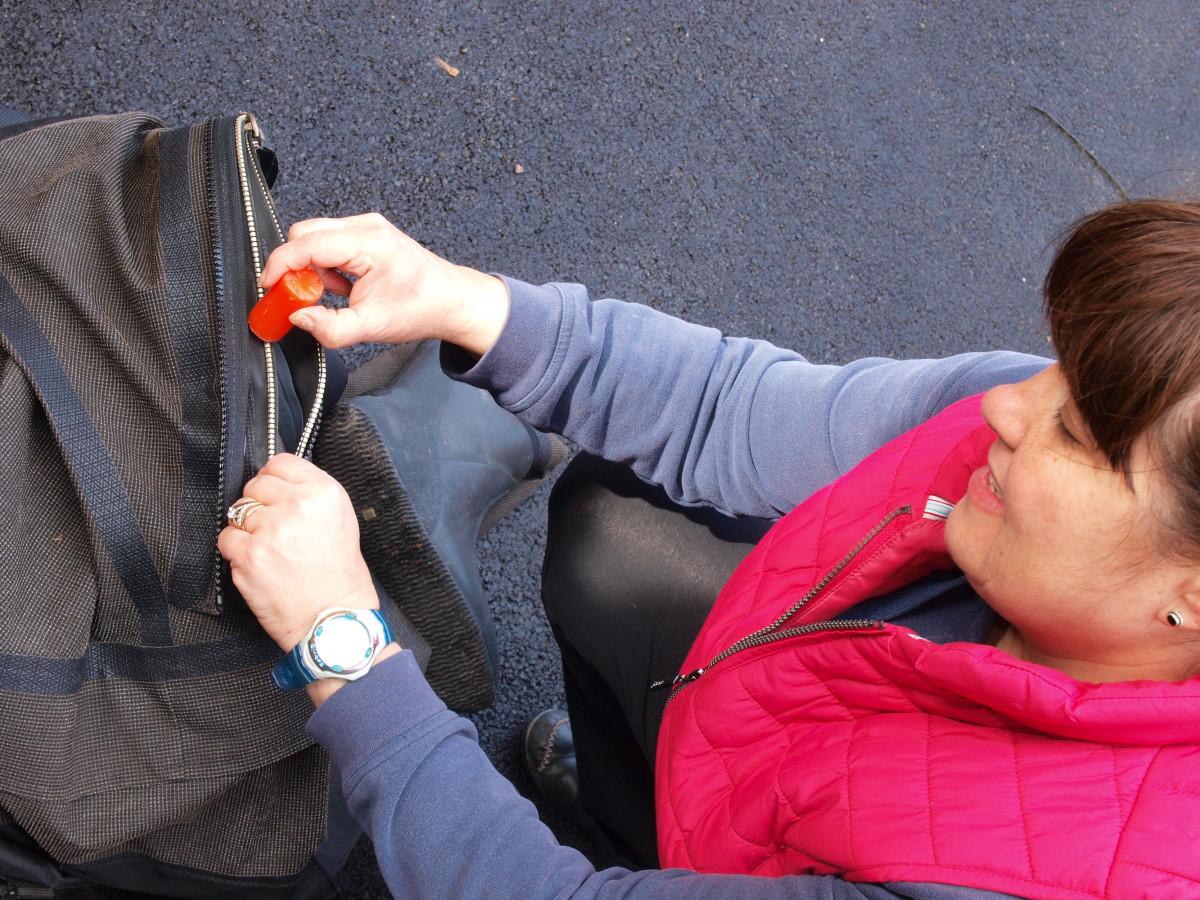
“Drysuit/wetsuit: zips, neck and wrist seals, suit tears, inflator not stiff, dump valve and P-valve.
“Accessories: especially piston clips for seizing. Lines are not frayed. DSMBs operational. Mask cracks, pinholes and seal tears, fin straps. Finally instruments!”
Photographs by Mark Evans and Garry Dallas
Want to read more blogs?
